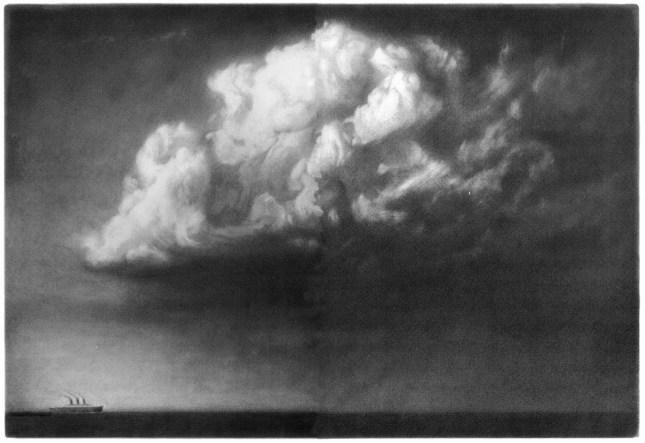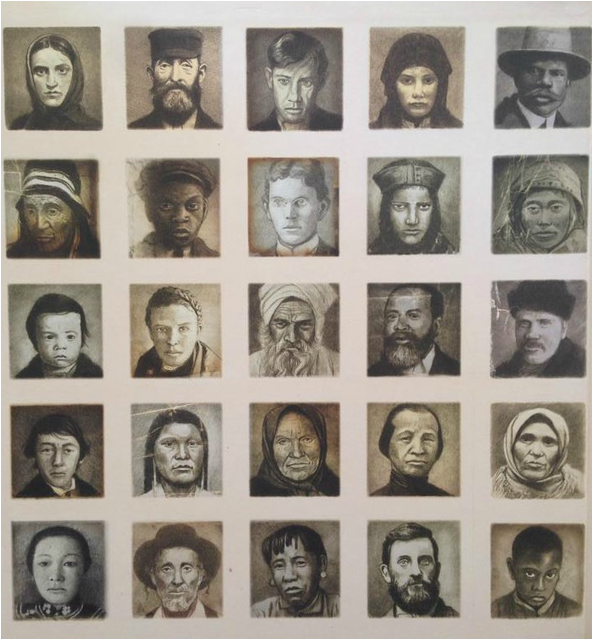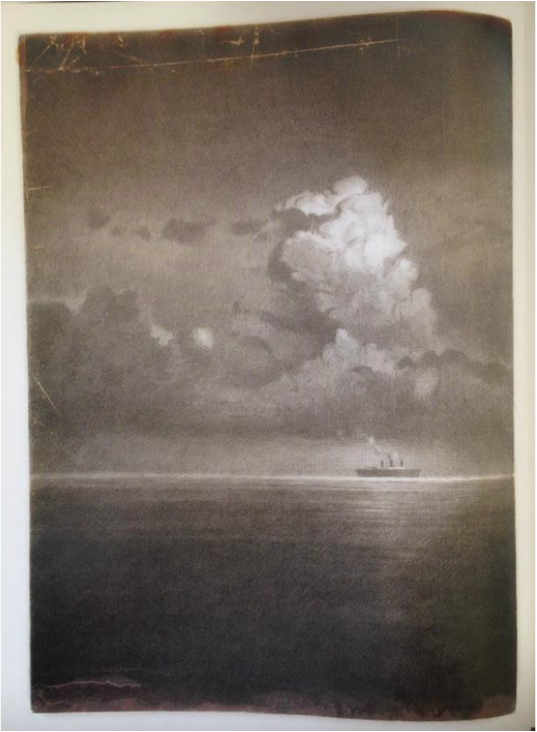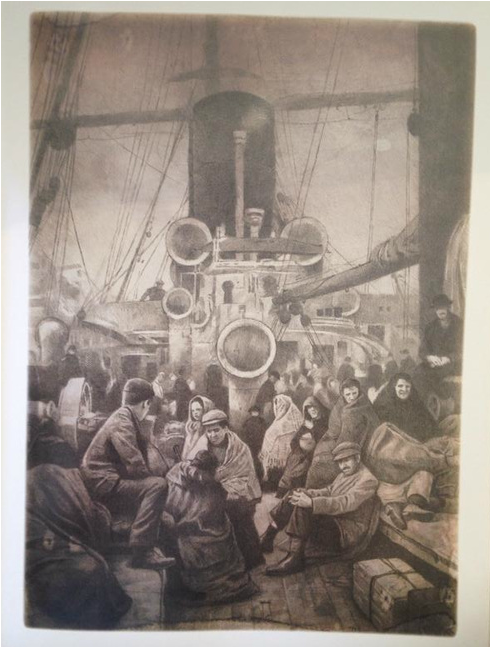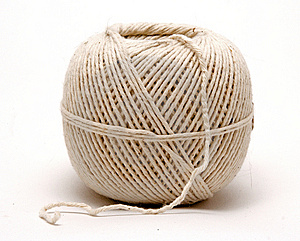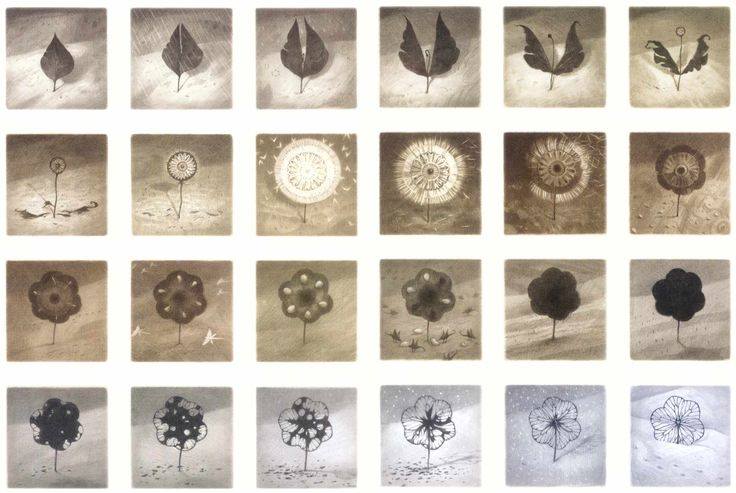An experiential lesson inspired by Shaun Tan and the "Creativity Cascade"
The Arrival
"I’m intrigued by the ability of the reader to superimpose their own thoughts and feelings onto visual experience, without the possible distraction of words" (Shaun Tan)
This lesson draws on three of Shaun Tan's illustrations from 'The Arrival'. The purpose of the lesson is for students to develop empathy through an experiential engagement with the characters.
1. Look at the following illustration from the inside cover of 'The Arrival'. Spend one minute in silence noticing facial expressions, what the people are wearing, where they are from and how old they might be.
2. In groups of four, select one character that you are drawn to. Imagine this person is going away and are only allowed to take five things with them. In your groups, discuss what things are most important to your character and why. These may include people. On the paper provided, draw your five objects or things.
3. As a class, move around the room, looking at all of the drawings. Predict which objects belong to each character. Ensure that the 'correct' answers remain concealed.
4. Fate has brought all of your characters together.
4. Fate has brought all of your characters together.
4. Activity Two: In your groups, create a series of three tableaus (freeze frames) that visually represent how your character came to be on the boat. Working backwards, your first tableau should depict your character on the boat. In the second and third tableaus, depict two events in your characters life, which resulted in them being on the boat. Groups observe each others' tableaus in silence.
5. Activity Three: As a class, move into a large circle. The groups from the previous activity must continue to stand together. Think about the tableau activity and the connections you may have felt for another group's character. This connection may be emotional, physical or something else. Each person in the group takes turns throwing a ball of string to a group that they felt a connection to. Explain why you feel your characters are connected. This process is continued until every member of the circle has contributed and is holding a piece of string.
Reflective Lens
As teacher artists, we were inspired by Shaun Tan's work, not only for it's aesthetic appeal, but more importantly, for his emphasis on the creative process over the creative product. His work conveys the power of visual images for meaning making. While each image in 'The Arrival' can stand alone, each also forms an integral piece of the story when read as a whole. We attempted to mirror Tan's focus on the visual through our pedagogy, which was visual, embodied, and experiential, rather than textual.
Activity One
- In this activity, we encouraged students to engage with the characters visually, by "noticing" their facial expressions, and "Asking why, really why?" they might be going away, and what items they would take with them (Creativity cascade). By valuing the interpretations of students, there is a ‘dethroning’ of power, as the notion of the teacher as the centre of all knowledge shifts, so that learning is co-constructed by the teacher and students, and the students with each other (Neelands, 2011).
Activity Two:
- We highly value the role of drama as a pedagogical approach for fostering creativity across all key learning areas. Moffett (1994) argues that "drama is life made conscious" (p. 60). By engaging students with "The Arrival" through the tableau activity, students not only engaged with the characters, but essentially brought the characters to life, through lived experience.
- Experiencing two different approaches to the tableau activity, one at the the Sydney Opera House, and another at the Sydney Theatre Company, forced us to critically reflect on this task. At the Opera House, the "eyes closed, eyes open" strategy was used to transition from one freeze frame to the next. At the Sydney Theatre Company, the audience's eyes remained open during the transition, which allowed the audience to see how one tableau slowly morphed into the next. While both were powerful strategies, we chose to use the "eyes closed, eyes open" approach because it emulates the photographic style of Shaun Tan's work. While his images can be viewed as stand alone pieces, when read together thy are inextricably connected in a way that "plays with possibilities" and "combines imagination with reality" (Creativity Cascade, p. 9).
Activity Three
- We participated a similar activity during the workshop at the MCA. The string was thrown to each member of the class, as a way of reflecting on what we had learnt, and what it means to integrate creativity across the curriculum. We really enjoyed this activity because it provided an opportunity for all students in the class to reflect on the day, and through creating visual and kinaesthetic connections with the string, the task created a sense of unity and shared learning within the group. We adapted this activity to explore the connections between characters in Shaun Tan's work, and in doing so, encourage students to "open up unexpected and unusual connections, combinations, and solutions" (Creativity Cascade, p.9) by playing with possibilities.
Evaluating Responses
- We aimed to create a lesson that students could live and breathe within our classrooms. We achieved this by drawing on Gardner's (1983) Multiple Intelligences, which values all learning styles, including visual and kinaesthetic.
- In a larger sense, this website is exemplifies the creative process, as it is a resource we began to develop a year ago, and have continued to add to and refine. As a creative space, this website is in a constant state of change and transformation, with essentially not end point. This idea aligns with the work of Blamires and Peterson (2014), who argue that creativity essentially has no end product, and instead should be considered through a lens of possibility.
- An important aspect of creativity is its application and transferability to other activities and contexts. This lesson could be applied across all subjects of the curriculum. It could be used to develop historical empathy, could be used as a stimulus for creative writing or appropriation in English and Visual Arts or could be used to explore diverse cultures, and migration patterns within Geography.
Reference List
Blamires, M. & Peterson, A. (2014). Can creativity be assessed? Towards an evidence-informed framework for assessing and planning progress in creativity. Cambridge Journal of Education, 44(2), 147-162.
Bresler, L. (Eds.). (2011). The Routledge international handbook of creative learning. New York: Routledge.
Gardner, H. (1983), Frames of mind: The theory of multiple intelligences. USA: Basic Books.
Harris, A.M. (2014). The creative turn: Toward a new aesthetic imaginary. Springer Science & Business, 6, 17-29.
Moffet, J. (1994). Informed classroom drama. English in Australia. 108, 64-7.
Neeland, J. (2011). Drama as creative learning. Chapter eighteen. In Sefton-Green, J., Thomson, P., Jones, K., & Bresler, L. (Eds.). (2011). The Routledge international handbook of creative learning. New York: Routledge
Vygotsky, L.S. (1978). Mind and society: The development of higher mental processes. Cambridge, MA: Harvard University Press.
